Students from the Ecology Students Association at the University of Wisconsin–Madison participating in the first Earth Day March on April 22, 1970. They are at the top of State Street in Madison, arriving at the Wisconsin State Capitol. (Photo credit: Wisconsin Historical Society, WHI-48103).
By Gale A. Kirking
Editor-in-Chief at BlueGreen
Other than the date I was born, there are very few days further back in my life than, say, last week when I remember where I was and what I was doing. The earliest such day that comes to mind is April 22, 1970. That was the first Earth Day. I was in the 6th grade and growing up on our little family farm in a small community just about 20 miles from where one could say that Earth Day began.
So, this spring marks the 55th anniversary of Earth Day. It would be fair to say that I am a member of the Earth Day Generation, a term of my own coining.
I’d like to think we should celebrate Earth Day, but, scanning around and looking back, I’m really not so sure. When I see how much of our natural environment has been destroyed by my generation and our offspring in the past 55 years, the extent to which biodiversity has been lost on the Earth Day Generation’s watch, and how nonchalantly we continue by our daily decisions and actions to burn through Earth’s nonrenewable resources in our consumerism-driven economy and society, well, I don’t know as I feel quite right about rejoicing this April 22nd.
We should honor Earth, in any case, and this Earth Day can remind us that we should strive harder to treat our planet with greater respect and appreciation.
I suggest that each of us plan to do something special this Earth Day. I’ll be planting trees on what was for 137 years and until a few months ago our family farm to memorialize our departed grandparents and their sons and daughters (my mother, aunt, and uncles), who grew up there. I also will make a point not to go to Walmart or any of its ilk to truck home utterly superfluous plastic and battery-powered objects that I do not at all need and that were destined for a public landfill or incinerator even before they left the Asian factory that produced them.
10 IDEAS FOR HONORING EARTH ON EARTH DAY
(guidance from the Ohio Bluebird Society and Pennsylvania Game Commission)
(guidance from the U.S. Environmental Protection Agency)
(There are plenty of possibilities, including in your own community.)
Remembering the first Earth Day
Yes, I remember that first Earth Day pretty well. Our 6th grade class at Lodi Elementary School loaded up into a couple of big yellow school buses for the half-hour drive to the University of Wisconsin–Madison campus, where there was to be a grand “teach-in,” consisting of workshops and displays and various activities pointing out the genuinely bad things our species was doing to nature and suggesting how we might go about rectifying all that.
The antiwar movement against the U.S. role in the Vietnam War was at its height in those very days, and what eventually would be known as the “War at Home” was in full swing on U.S. college campuses. Just two weeks after the first Earth Day, on May 4, 1970, would occur the tragic and infamous shooting dead of four students by National Guard troops at Kent State University in Ohio during an antiwar demonstration. Ten days later, Neil Young’s haunting protest song Ohio was released as a single by Crosby, Stills, Nash & Young. Many (perhaps even most) Americans of my age will recognize Ohio upon hearing the first three or four bars of Young’s ominous introductory guitar riff. Ohio was a sorrowful anthem of those days. For some of us, it still is.

The Ecology Flag was designed in 1970 by Jack Shepherd to promote the first Earth Day. The flag, and especially the symbol based upon the Greek letter theta, remains universally recognizable to this day. In recent years, an online Earth Day organization has been built: www.earthday.org/earth-day-2025/
Earth Day born in an antiwar hotbed
UW–Madison was one of the hottest of the nation’s antiwar hotbeds, and in August of 1970 there occurred on campus the Sterling Hall bombing, which targeted the Army Mathematics Research Center and killed a research scientist working in the basement late at night to finish up a physics experiment. April 22nd, though, was a beautiful sunny day.
A few of us small town and farm kids had older brothers or sisters at the university, but, for the most part, the UW campus was almost another world for us. Still, we had certain expectations. The daily antiwar protests on campus were on the nightly news. So, a 12-year-old from a small town could expect in those days that in Madison one would come upon hippies and flower power and psychedelia at this first-ever Earth Day. Perhaps also some tear gas and helmeted cops with night sticks might make an appearance.
My older brother was a UW freshman in that year. He recalls seeing Gaylord Nelson, the founder of Earth Day, speak on campus the prior evening. In those days, Nelson was a U.S. Senator representing Wisconsin. He also was a former governor of the state. Today, there is a Governor Nelson State Park just outside of Madison, honoring the founding father of Earth Day.
“Our goal,” Nelson had declared in that speech, “is an environment of decency, quality, and mutual respect for all human beings and all other living creatures, an environment without ugliness, without ghettos, without poverty, without discrimination, without hunger, and without war. Our goal is a decent environment in its broadest and deepest sense. And winning the environmental war is a whole lot tougher battle, challenge, by far, than any other challenge ever to confront mankind…
“The battle to restore a proper relationship between man and his environment, between man and other living creatures, will require a long, sustained political, moral, ethical, and financial commitment far beyond any commitment ever made by any society in the history of man. Are we able? Yes. Are we willing? That’s the unanswered question.”
That was 1970. It strikes me today how the same speech could have been made in 2025, except that Nelson would have spoken of humankind and not mankind. The responses to Nelson’s closing questions remain the same.
Senator Gaylord Nelson, founder of Earth Day, addressed students and faculty at the University of Wisconsin-Madison campus on the eve of the first Earth Day.
Sound Storm was brewing
Except I didn’t get on the bus to Madison. The rest of the class went off to the teach-in without me. It happened that April 22nd also was the day of the regional spelling bee and, having recently earned the title of champion local speller, I was to travel that day in the opposite direction from Madison to another small town to represent Lodi’s 5th to 8th graders at the regional spelling championship. I do not recall how many rounds I remained standing or what difficult word knocked me out of the competition, but what I do remember most of all is that along the way to the spelling bee our car passed by the farm of Irene “Granny” York, just outside of Poynette, where a crew was setting up a stage for Sound Storm, Wisconsin’s first big outdoor rock festival that was to open the next day.
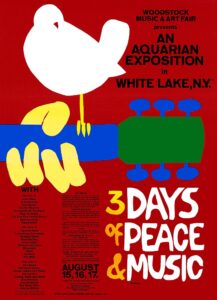
This was just a few months after Woodstock, and a lot of the local folks around the village of Poynette (population 1,118 in those days) were pretty concerned about having thousands of potentially dangerous long-haired hippies and flower children descending upon their community. I think the pending Sound Storm was probably just as big a story in the local news as was Earth Day. Maybe bigger. As I learned years later, the Grateful Dead, which also had been at Woodstock, played a 5-hour set there that weekend, the smell of burning marijuana was allegedly in the air, none of the reported 30,000 in attendance got hurt, and some folks swam naked in the creek.
A time of emerging optimism
Through the 1970s, even before, but especially after, the first Earth Day and Woodstock and Sound Storm and Sterling Hall and four dead in Ohio, some genuine reasons for optimism came to the fore. In January 1970, President Richard Nixon signed into law the National Environmental Policy Act, and he created the Environmental Protection Agency in December of that year. In 1971, cigarette advertising was banned on U.S. television. In 1972, the Clean Water Act, the Marine Mammal Protection Act, and the Ocean Dumping Act all became law in the United States. Also in 1972, the EPA banned DDT. In 1973, the last U.S. military units left Vietnam and the Endangered Species Act was passed. In 1974, the Safe Drinking Water Act was adopted.
Environmentalism was on a roll and gathering momentum during the latter part of the 1970s, and that progress was badly needed. Already during the 1960s, that part of the public with open eyes and minds had begun to see things that weren’t right in our relationship with nature, just as things weren’t right between white folks and black people, especially in the U.S. South. As a grade-schooler I recall especially hearing and reading during the late 1960s that Lake Erie, one of the Great Lakes, was a “dead lake,” killed by agricultural runoff, urban sewage, and pollutants dumped into the lake and the rivers flowing into it by heavy industry.
Silent Spring – an environmental landmark
Rachel Carson had published her groundbreaking Silent Spring in 1962, exposing the dangers of the powerful pesticide DDT. It had been used by the U.S. military in the South Pacific during World War II to kill malaria-causing mosquitos and in Europe as a delousing powder. After the war, the killing power of DDT was turned against all kinds of bugs on and in farms, forests, public spaces, and homes, and it exterminated just about all of them quite indiscriminately. I remember when I was a kid on the farm, my dad (who had served in the South Pacific) acknowledging one time that DDT was almost certainly dangerous. “But it sure killed the flies,” he had recalled, and that was a useful thing on a dairy farm where several hours of each day were spent sitting alongside the commercial end of a row of cows with swishing tails during the twice-daily milking.
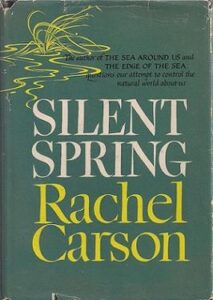
As explained in a fact sheet from the National Pesticide Information Center, DDT is relatively inexpensive to produce, degrades very slowly in the environment, is fat soluble and thus accumulates in animals’ fatty tissues, and becomes progressively more concentrated in natural food chains until the primary predator, such as a bald eagle, gets the highest dose. DDT decreases reproduction in birds by causing eggshell thinning and embryo deaths.
Populations of bald and golden eagles and other predatory birds (in the U.S., especially peregrine falcons, ospreys, and brown pelicans) suffered greatly from the effects of DDT, which they typically ingested from eating contaminated fish. As a result, their thin-shelled eggs frequently broke before hatching. Although the bald eagle population is much restored today, in the early 1960s, our national bird had been nearing extinction in the contiguous United States.
The chemicals industry had not taken very kindly to Silent Spring. After all, the Swiss chemist who invented DDT, Paul Hermann Müller, had won a Noble Prize in 1948 for his work, which was done at J.R. Geigy AG, a predecessor of the agricultural chemicals company known today as Syngenta.
While Ms. Carson, formerly a marine biologist with the U.S. Fish and Wildlife Service, focused in especially on DDT, she also made clear that DDT was not the only problematic chemical being spread about and causing environmental damage. It would take years before many of these materials would be better controlled or banned outright, but pressure for this crucial change gained momentum during the 1970s. Another of these chemicals that was and remains particularly dangerous is carbofuran, a carbamate systemic insecticide, that works by the same mechanism as do certain nerve agents banned under international law for use in war.
A story of Furadan
I remember another beautiful spring day about that time. It had to have been in early May, because it was corn planting season on the farm. I was walking up a small rise toward a machine shed when I was surprised to see a small bird lying dead in the grass, wings tightly pressed to its to its sleek body, beak pointed straight ahead, as if still gliding. A few steps later, I saw another, absolutely motionless. Looking off to the side, I saw yet another bird, dead as the proverbial doornail. All were within several yards of the machine shed.
In a few more steps and less than a minute I realized what was going on. In the shed’s open doorway, I spotted a small patch lightly scattered with purplish granules of Furadan, a corn rootworm insecticide we applied to the soil during planting. Furadan is a brand name product with carbofuran as its active ingredient. Somebody had spilled a tiny amount of the material, probably while handling a bag of the chemical. For some reason, those granules had attracted the birds. I now know that a single granule of Furadan is toxic to a small bird. The birds lying distributed across a 180° half-circle in front of the shed probably each had eaten a few granules and then flown off, only to drop dead to the ground within seconds.
Like DDT, carbofuran is a broad-spectrum killer. It destroys insects, mites, and nematodes – as well as birds and, quite possibly, anything that eats those dead birds.
That spring, as in every spring around that time, thousands upon thousands of tons of Furadan were spread by virtually every corn planter of the country in every row of corn seeded all across the U.S. and beyond. I won’t speculate how many millions of birds and other animals died as a result. EPA banned carbofuran in granular form in 1991. The liquid form remained on the U.S. market until 2008. Although prohibited in many economically advanced countries, including the U.S., EU, and Canada, carbofuran is still used – both legally and illegally – in numerous countries. Because it kills so effectively and so quietly, the material is unlawfully used in baits to control rabbits, hares, and rodents, as well as predators. As a result, it also kills, among many others, eagles, falcons, hawks, foxes, and roving house cats.
Agriculture and nature – a precarious interaction
Five or six decades ago, farming and nature had a more or less symbiotic relationship in our part of rural Wisconsin. That affiliation was always a little bit edgy, I suppose, but back then it more or less worked. In the early and mid-1960s, only about half the tillable land on our 120-acre family farm was planted to crops. One large field was used as a pasture for the milk cows. Another big field, which we called the “Kennedy Land,” had been seeded to tall-growing brome grass and was not harvested. In the post-World War II era, the U.S. often had surpluses of farm commodities. So, when the Kennedy Administration took office in 1961, it ran a so-called set-aside program that paid farmers to put part of their cropland into what is termed a “soil bank” for conservation purposes. Set-aside programs were common in the 1960s and 1970s, but then the Reagan Administration came to power in 1981 and its farm policy was known as “fence row-to-fence row” full-bore production. (Those words were spoken in a similarly enthusiastic cadence as are today the words “drill, baby, drill.”) That evolved into what might today be called “road-to-road” production, as many of those fences have been removed by now, the small farms merged to create large farms, and where once were 4 or 5 or even more fields divided by fencerows and supporting diverse crops, pasturelands, and scattered thickets of trees and brush now is 1 big field growing a single crop – most typically corn – in monoculture.
Cowbirds, blackbirds, and blue birds

In summer, our pasture field was a foraging space for brown-headed cowbirds as well as cattle. The native Americans had called these buffalo birds, because they had accompanied the migrating bison herds across the plains. Cowbirds are nest parasites, laying their eggs among the clutches of other bird species, so they are in fact a sort of invasive species and perhaps exemplify how farming and nature are inherently somewhat in conflict. The Kennedy Land, though, provided perfect habitat for redwing blackbirds, who build their nests in tall grass and reeds.
A favorite albeit rather elusive songbird was – and is – the eastern bluebird. I recollect a specific bluebird-related event when I was 8 or 9 years of age, not yet old enough to join the local 4-H club, the Dane Dandy Doers, but my older brothers and sisters were already 4‑Hers. I was able to help the older kids one Saturday, as the Dandy Doers were constructing bluebird nesting boxes in our garage. The local lumberyard had donated wood and nails, and we were methodically constructing the boxes according to a set plan.
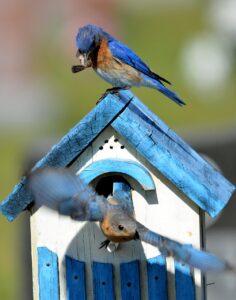
Bluebirds generally nest in naturally occurring cavities in trees, but, in those days, they also used holes sometimes found in wooden fenceposts. There existed many such fences and posts back then. The local families’ ancestors – including my own – had cut many of those posts, perhaps while clearing homesteaded land for farming, and had constructed those fences as far back as the 19th century. The boxes we built were to be mounted onto fence posts on farms and alongside country roads all around the township. Nature, farming, good citizenship, and community spirit all were important aspects of the 4-H experience. Before every meeting and at every 4-H event (and accompanied by appropriate hand gestures), we used to recite the 4-H Pledge: “I pledge my HEAD to clearer thinking, my HEART to greater loyalty, my HANDS to larger service, and my HEALTH to better living, for my club, my community, my country, and my world.”
Every 4-Her had at least one and typically several projects. Rearing sheep and learning about electricity were among my projects. One of my brothers had entomology as a project and collected insects. Insect collecting could be a partially automated process in those days, because there were so many arthropods in the countryside that people used to put bug screens on the fronts of their cars to keep insects out of the radiators. A kid could get some pretty good beetle specimens in that way, and there were always lots of butterflies of many kinds on our grill cover, but these were almost always damaged beyond use. Of course, the bugs that splatted on the windshield of our 1955 Pontiac Chieftain were not suitable for mounting on stickpins in display cases.
Whither the bugs and birds?
In 2025, drivers certainly do not need bug screens. Some might tell you that’s because our cars are aerodynamically better designed today, but that is probably not an important factor. The fact is, there are fewer insects in the countryside these days, as well as fewer of the birds that feed upon bugs. A number of scientific studies have examined this situation in recent years. One big so-called meta-analysis (collectively examining data from 166 individual studies in more than 41 countries) concluded that terrestrial insect populations have been shrinking worldwide by about 9% per decade, with especially sharp decline in the United States and some parts of Europe. If we apply that figure to the Wisconsin countryside, we can estimate a roughly 40% decline in insect population since the first Earth Day. Also interesting, by the way, is that the meta-analysis found abundance of freshwater insects to have increased by 11% over the same period. It seems likely that reflects, at least in part, improved water quality due to strengthened environmental regulations and management.
Habitat loss (due to intensified agriculture and urbanization) and use of pesticides appear to be among the major causes of that decline, the authors of the meta-analysis determined. Climate change may be a factor, too, as the annual average temperature in Wisconsin, for example, has risen by about 2°F in the past century, but that connection is not so clear. A very recent study, published just last month in the journal Science, found that butterfly abundance (across 554 recorded species) fell by about 22% between 2000 and 2020 in the 48 contiguous states of the U.S.
Many bird species eat insects and share their habitats, so we should not be surprised by the results of a 2019 study, also published in Science, estimating that the U.S. bird population fell by 29% since 1970. That amounts to a population loss of nearly 3 billion birds.
Corn, corn, and more corn
The bluebird houses are gone now, so are most of the fenceposts and the fencerows themselves, which had provided extensive wildlife habitat for generations. Gone, too, are the cow pastures, the set-aside lands, and many of the scattered thickets of trees and brush. The set-aside programs were eliminated in the 1996 Farm Bill. A Conservation Reserve Program still exists, at least formally, whereby farmers are paid annual rent to convert highly erodible and other environmentally sensitive land to vegetative cover, such as native grasses, trees, and riparian buffers. As of this writing, in April 2025, the U.S. Department of Agriculture’s website states that this program is “actively being reviewed by USDA leadership.” Its future is uncertain.
So, one shouldn’t be surprised that a large proportion of the birds and bugs are gone now, too. What exists in seemingly ever-increasing abundance is corn, corn, and more corn. According to USDA, approximately 40% of U.S. corn production is used to produce ethanol, which Americans burn in their cars and trucks in a 10–15% blend with gasoline. Gasohol’s advocates represent ethanol from corn to be a sustainable, renewable biofuel. That is absolutely false and always has been.
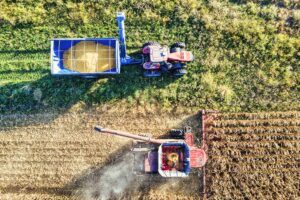
Corn is an energy-intensive and chemically intensive crop to grow. In addition to fuel and other inputs, its production makes use of anhydrous ammonia, a nitrogen fertilizer produced using natural gas. Ethanol production from corn also is energy intensive, burning fossil fuels as a heat source for cooking, fermentation, and distillation. Moreover, any justification for calling ethanol “renewable” hangs on the false assumption that the soil within which corn is grown is itself a renewable resource – but it’s not. Soil is a diminishing resource. Agriculture uses it up faster than soil can regenerate itself, and erosion due to poor management, as frequently occurs, only accelerates that process.
Every sensible and honest agricultural or resource economist who examines the economics of ethanol from corn – even superficially – knows that its production is wasteful of resources and harmful to the environment. In short, that it makes no sense. Gasohol is a political phenomenon, not an economic or environmental one. Its main functions in fact are to provide indirect, concealed subsidies to farmers and to support the politically powerful corn-processing industry. Far more efficient in terms of fiscal responsibility, energy production, and the environment would be public policy to encourage solar power generation in the countryside while paying farmers to provide environmental (or “ecosystem”) services, including soil preservation, rainwater runoff control, carbon sequestration, habitat conservation, and watershed protection.
The idiocy of rural energy production
If I were King of the World (or at least of Public Policy), the first thing I would do would be to eliminate all policies that mandate or even encourage the use of corn to produce fuel. Next, I would end similar directives and incentives in Europe, where rapeseed oil (known as canola oil in the U.S.) is the food product of policy choice for conversion to fuel, specifically to diesel. This so-called “biodiesel” is promoted as a sustainable fuel. That notion is no more true than it is of ethanol from corn in the U.S.
In the words of a 2024 article in the magazine The New Republic, “Ethanol is just comically inefficient solar energy.” I might be less charitable, frankly, in my choice of words. Producing fuels for American and European gas-guzzlers from corn and rapeseed is ludicrously stupid, and yet we have been doing it for more than four decades. The farm lobby supports it because it boosts farm income and superficially does not really look like a subsidy, the agribusiness sector supports it because it brings in revenues by the billions, the politicians of both U.S. political parties support it because it buys them rural votes, and in the agricultural universities, where people definitely know better, most of the experts are too cowardly to condemn it. Rather naïve people in the environmental movement were on board with gasohol at first, but they swore off such nonsense years ago.
Photovoltaics are 35 to 80 times more efficient than ethanol
In a 2023 analysis, Paul Mathewson and Nicholas Bosch at Clean Wisconsin put some numbers together that help make sense of all this. They point out that Wisconsin farmers grow approximately 1,000,000 acres of corn annually that is used to produce ethanol. That ethanol can fuel 10 billion vehicle miles travelled if powered by internal combustion engines or 23 billion miles if the ethanol is converted to electricity and used to power electric vehicles. Sounds like a lot. It’s 10,000 miles per acre or 23,000 miles per acre. But, if solar panels were placed on those same 1,000,000 acres, they would produce enough energy to drive 804 billion miles by electric vehicle.

Solar panels are thus 35 times to 80 times more efficient in capturing the sun’s energy than is ethanol production from corn. Moreover, a field covered with solar panels will have zero erosion and zero use of fertilizers and agricultural chemicals if no crop is grown on it. That same field can, however, be grazed by small ruminants (most typically sheep), seeded to a cover crop (such as buckwheat or clover) providing habitat to valuable pollinator insects, or in fact farmed through emerging systems, termed “agrivoltaics,” combining solar panels and crops on the same field.
Were it not for politics, greed, and human stubbornness, these facts point to what we’d all call a “no-brainer.” Instead of using 1 million acres to grow corn for ethanol, even more useful energy for automotive consumption could be produced on less than 15,000 acres and while creating a host of additional benefits to society and the environment. But my Earth Day Generation just doesn’t get it.
Having come some distance, still so far to go
So, in some ways, we’ve come a long way since the first Earth Day. In other respects, a lot of backsliding has occurred in recent decades on our Earth Day Generation’s watch. Caught up in our consumerism and obliviousness, we continue each and every day to squander the Earth’s limited resources and disregard what should be basic rights and needs of other species and communities.
We really should do better.
I hope we each will do something special to honor our planet on this 55th Earth Day. As it turns out, my brothers and I got our Earth Day trees planted during the period when I was drafting this essay. So, my plan now is to go for a hike on that day at Governor Nelson State Park, which I’ve never yet visited. In my mind will be Gaylord Nelson’s parting questions from his speech on that first Earth Day’s eve, regarding the “commitment far beyond any commitment ever made by any society in the history of man”: Are we able? Are we willing?
I would add the questions: What do I need to do, personally? What do we need to do, collectively? Those answers are not, in fact, so difficult to find, but, just as in 1970, we still must summon the will to pursue those solutions. As of today, collectively, we’re not there yet.
Gale A. Kirking is the founder of BlueGreen, a communications and consulting boutique created to help businesses and other organizations in formulating sustainability documents, designing and creating SDGs communications, and maximizing their sustainability impacts. He is a former journalist, a Chartered Financial Analyst, and an investment professional with a strong orientation to responsible investing. A United States citizen, Kirking has run a specialty communications business in Central Europe for more than 20 years. Unless otherwise explicitly indicated, the opinions expressed in this essay are his own.

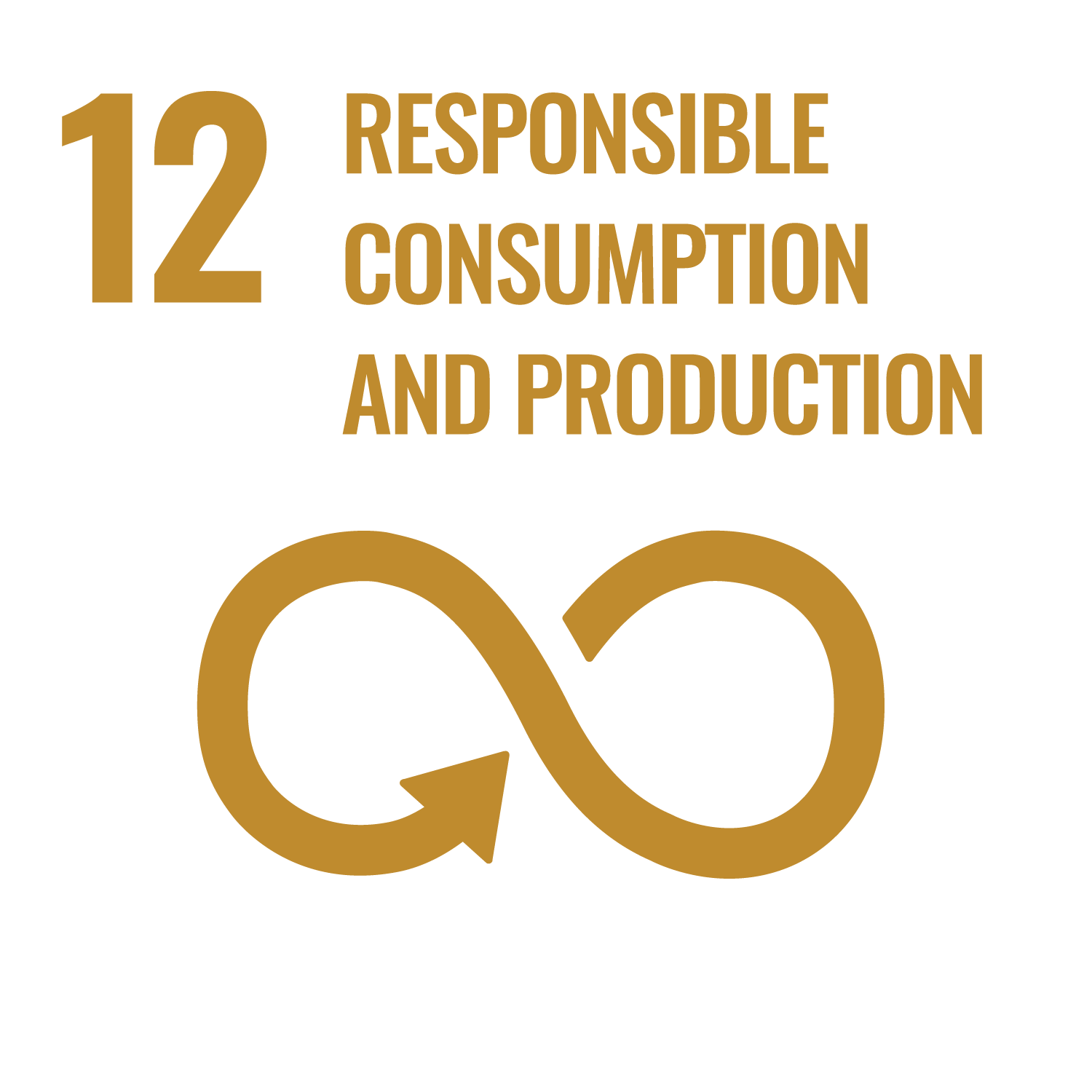
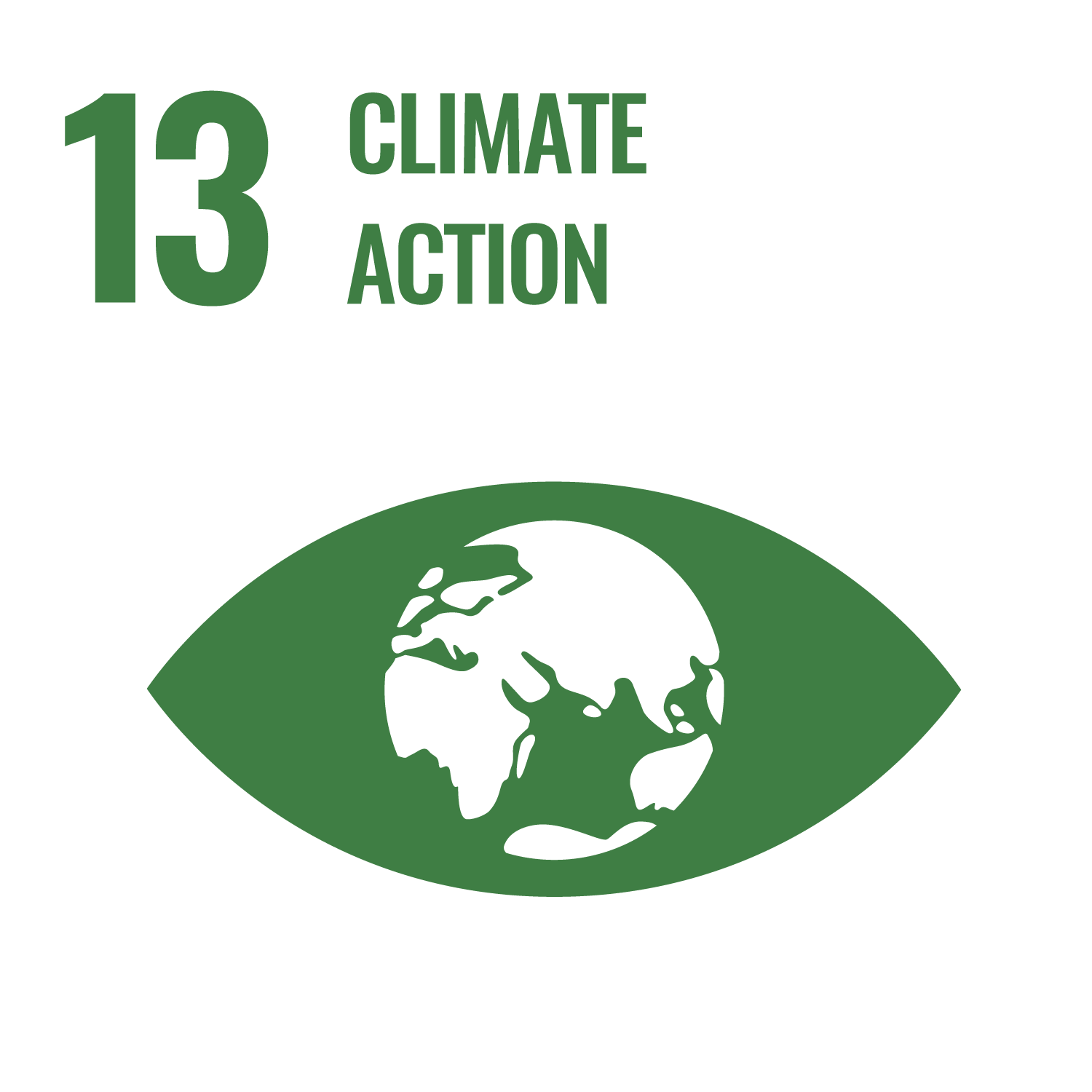
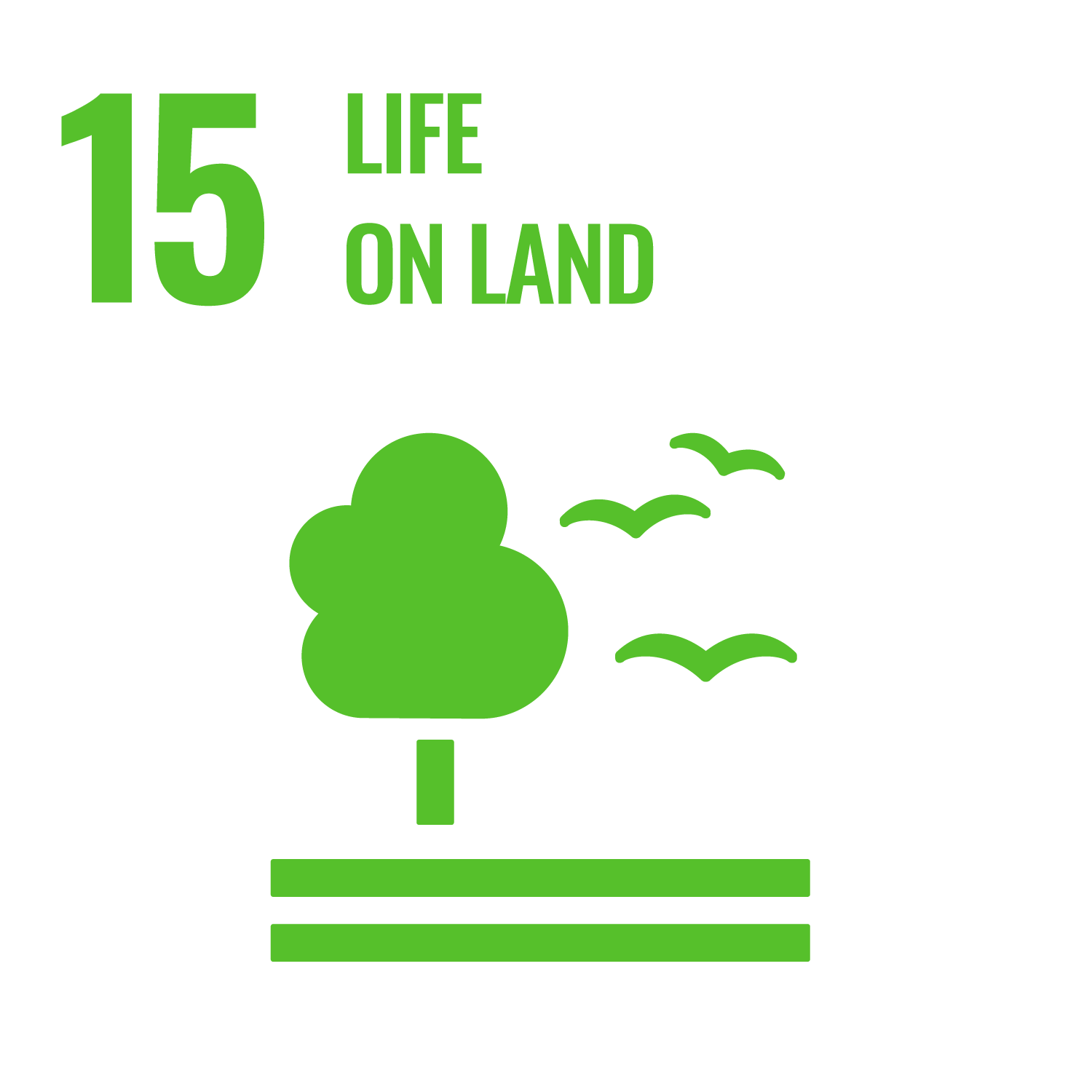
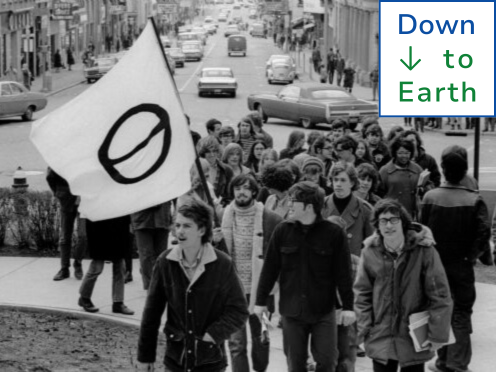
6 Responses
Good https://shorturl.at/2breu
Very good https://shorturl.at/2breu
Good https://shorturl.at/2breu
Good https://lc.cx/xjXBQT
Good https://lc.cx/xjXBQT
Good https://lc.cx/xjXBQT